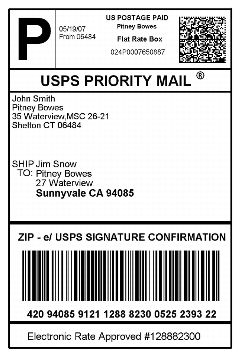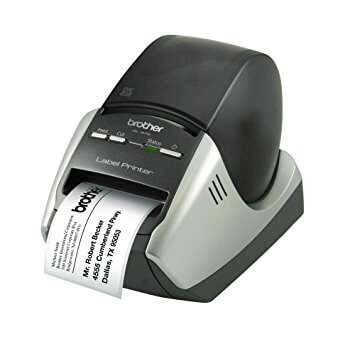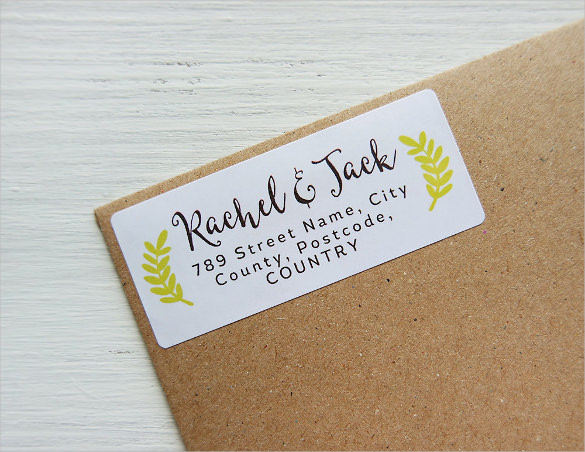Self Distribution
Distribution (podcast) - Dirty Old Ladies
Maybe fulfilment companies aren’t an option for you, or maybe you’re like me and want to, at least once, try to handle the whole distribution process on your own.
Self distribution is tough work, and depending on your situation, it can end up saving or costing you quite a bit of money. As always, I encourage you to explore your options before diving in.
Warehousing
Odds are, unless you’re printing on demand, you’re not going to be selling all your comics at once. This means you’re going to have to store your comics somewhere and depending on the number of copies that you’re printing, you may not have space at home to do so. If this is the case, you’re going to have to invest in warehousing.
I haven’t run into this problem yet so I can’t give you any specific tips or suggestions but make sure to plan in advance for any storage costs that you might be facing.
Packaging
Two of the most important factors that go into determining the cost of shipping a package are size and weight. The type of packaging you use will be a major influence on these factors and thus your overall cost.

If given the choice, aim for the smallest packaging option available, to reduce costs.
Most people ship their comics in either Flat Mailers or Bubble Mailers (pictured above). These mailers are probably your cheapest option as they are both small and lightweight.
That said, the packaging you choose will depend on what exactly you’re shipping. If your product doesn’t fit in a small mailer (most comics should), you might be required to ship in boxes, which will significantly increase your costs.
Also important to keep in mind is how protective the packaging is. From personal experience, in order of least to most protective: flat mailers < bubble mailers < boxes. Unfortunately, this is also in order of increasing prices. You’re going to have to decide for yourself what you’re willing to invest in.

You might also choose to bag and board your comics, especially if they’re single issues. Most comic shops sell these supplies in bulk, but you can also get them online quite easily. Bags and boards are relatively cheap and add another layer of protection as well as a degree of professionalism to your comic.
Now, This might go without saying but make sure your comic actually fits in the packaging! I’ve heard a few horror stories of people ordering packaging for hundreds of comics just to find out their book doesn’t fit. This is especially important to keep in mind if you plan on shipping multiple items together. Make sure the packaging can actually contain everything.
You can find packaging in a number of places including Amazon, Staples, or even directly from postal services like USPS or Canada Post (though they tend to be more expensive).
I switched to using bubble mailers to ship my books after I heard of some people receiving damaged flat mailers. If you’re shipping with packaging that’s flexible and you’re shipping flimsy things like posters, it’s a good idea to include a piece of cardboard or other sturdy material in the packaging so the contents don’t get crinkled.
Postage / Stamps

Postage is what shipping companies use to determine your shipping costs and prove that you’ve paid for them. The type of postage you’ll require largely depends on the size and weight of your parcel, but also what exactly you’re shipping. Unfortunately I can’t go into detail about the different types of postage because they change so often and vary drastically from country to country. Priority Mail, Media Mail, Super Deluxe Express Mail… there are a lot of different options but you can usually check the websites of your local shipping companies for price estimates on each type.
So how do I get postage for my packages?
You have two options for generating your postage: First, you can get your postage done at the post office directly. This is a totally feasible option when you’re only shipping a few packages, but as I said before, when you’re shipping hundreds of books at once, going through each package one at a time just isn’t realistic.
Your second option is to generate and print your own postage. While slightly more complicated, printing your own labels allows you to avoid the ENTIRE procedure at the postal office. You show up, drop off your packages, and leave.
Generating postage yourself will save you a TON of time in the long run but requires a bit more work initially as well as some knowledge of the different postage types. Whether or not to do so is entirely up to you, but make sure to factor the size of your audience into your decision.
If you DO want to generate your own postage, most postal services as well as some online companies provide a method of doing so for your products. Here are a few that I found: USPS, PayPal, Stamps.com, WooCommerce, Canada Post.
If you’re Canadian and happen to live close to a drop point, I HIGHLY recommend using Chit Chats to generate your postage and ship your comics. They make the process super easy and get far cheaper rates than you would if you shipped on your own. (Disclaimer: I’m not affiliated with Chit Chats in any way, I just really like their service. However, you can use my referral code from that link and get a discount on your shipping costs.)
Do I need to do anything special if I’m printing my own postage?
If you’re generating your own postage, you CAN print your labels on normal paper (and then tape them to your packages), but I don’t recommend this becuase regular paper is more likely to tear or get water damage during the shipping process.
Alternatively, you might consider investing in a label printer or finding a place where you can use one.

Label printers will allow you to simply peel and stick your labels onto your packages, making it a safer and MUCH faster procedure.
Okay, but what company should I ship with?
When sorting out your postage, note that postage prices vary quite a lot between shipping companies. In Canada, your choices are Canada Post, UPS or FedEx (unless you want to ship with a fulfilment company) but in the US there are a whole lot more.
When deciding on which company to use, I suggest you go to all the local companies with a fully packaged sample of your comic and ask for an estimate. They’ll tell you exactly what type of postage you’ll have to get and how much it’ll cost you. That way you don’t have to do any guesstimation about your shipping costs.
Before I started using Chit Chats, I shipped More Than Men from Canada Post and USPS because they were the cheapest options at the time, but make sure to investigate for yourself before choosing any one company.
As of January 2018, it cost me the following to ship my 32 page, 6.625” x 10.25” comic (all prices in CAD):
- Within Canada (Domestic): $4.06 each
- Within US (Domestic): $3.05 each
- From Canada to International: $11.00 each
I believe I was juuuuust over the weight limit for a cheaper shipping tier though so keep that in mind if your comic has fewer pages than mine.
A few postage related questions I’ve received:
-
Can I use Media Mail to ship my comics? For those who don’t know, Media Mail is a US postage type which is far cheaper than all the other options. The short answer is: unless it’s educational and a graphic novel, probably not. If you want a more in depth explanation, you can find some HERE and HERE.
-
What do you do for international orders? Unfortunately, no matter what you do, it’s going to cost you quite a lot to ship internationally. I was quoted about $11 from Canada Post to ship a single issue comic to the US. Fortunately, I live close enough to the border that I actually drove down into the US to ship all US copies of the comic and that drastically reduced my costs (to about $3). If that’s not an option for you, the best advice I can give is to plan in advance for these costs.
Quick tip: If you’re crossing the border to ship anything, don’t seal the packages in advance! I’ve heard people getting turned around at the border for doing so.
Labels

While your postage sticker should already contain your return address, some people like to include their own return address labels on their packaging, just in case.
Avery provides a free, easy to use online tool for customizing return address labels. The tool lets you print your own labels or you can get Avery to print and ship them to you (for a price).
If you want to print your own labels, you can buy blank labels all over the place (Staples, Amazon, Stamps.com, Avery, as well as direct from some postal services). Just make sure that the labels you buy are the same size as your template and that they’re the right type of paper for your printer (laser vs inkjet).
Table of Contents
Intro
Before You Start
Writing
- Overview
- It All Starts With An Idea
- Thought Dumping
- Outlining
- World Building
- Characters
- Writing Scenes
- Breaking Scenes Down
- Scripts
- Dialogue
- Revision
- Choosing A Title
- Writer's Block
Hiring A Team
- Overview
- Sorting Out Your Budget
- Writing A Solicitation
- Where To Find Your Team
- What Makes A Good Partner
- Contracts
Drawing
Colouring
Lettering
- Overview
- General Tips
- Standard Black vs Rich Black
- Choosing A Font
- Font Types
- When To Bold Text
- Sound Effects
Marketing
Publishing
Printing
- Overview
- Getting Print Ready Files
- Offset vs Digital Printers
- Why Page Count Matters
- Book Formats And Binding Types
- How Many Copies To Print
- Aesthetics
- Tips For Saving Money
- Printer Comparison Table